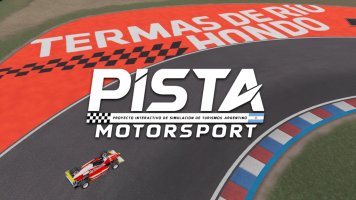some reference hardware setups
Two are easy, with Mark's approaching some upper limit,
as described in
his thread and videos,
especially the February Rig Update:
For an entry level, the
Sim Racing Studio ShakeSeat,
a moderately powerful yard sale surround receiver
and PC 7.1 or 5.1 soundcard (or motherboard sound).
A turnkey alternative is
SRS' U-Shake6, which
(unlike the previous 2) includes SRS software,
although it probably could instead be driven by SimHub.
A ShakeSeat is simply a seat cushion with 4 Dayton Pucks;
being in practically direct contact with the driver,
they are capable of strong and useful and/or evocative sensations,
for anyone who has ever sat in a race car with an engine running
that is directly bolted to its chassis with no isolation.
As different as are Mark's and SRS's solutions,
they share a key aspect
in contriving to deliver tactile energy to drivers
without wasting energy
shaking e.g. sim chassis or wheel stands.











